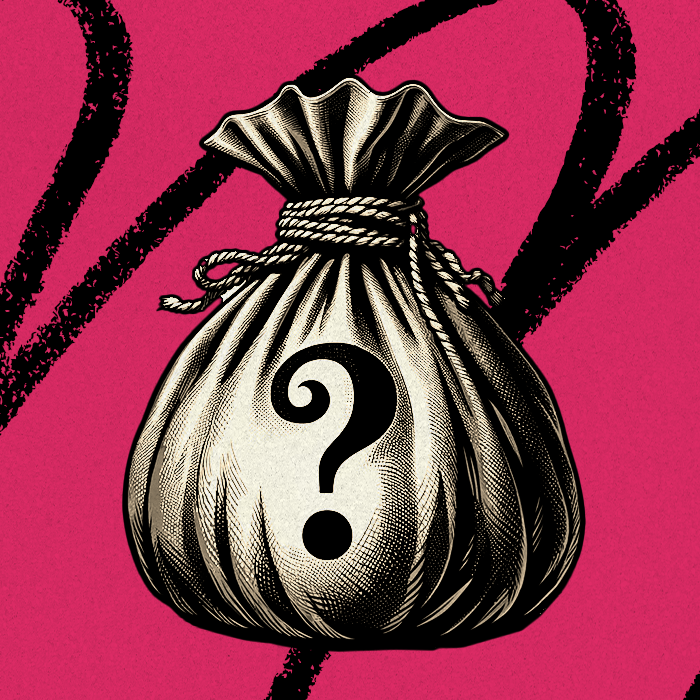
Imagine two silk bags, each with a mix of 100 red and black balls. In the first bag, there are 50 red and 50 black. In the second, you’re not sure about the mix. If you draw a red ball from either one, you get $100. Which bag do you reach into?
If you’re like most people, you’ll reach into the bag with the known quantities of red and black balls. If you know someone is watching you make the choice, you are even more likely to pick from bag number one.
Our tendency to favor known risk over unknown risk is called ambiguity aversion. The concept was popularized by Daniel Ellsberg (the same guy who leaked the Pentagon Papers) in 1961. Ellsberg found that people prefer choices with calculable risk, even in instances where the unknown alternative might produce a better result.
In practice, ambiguity aversion discourages people from doing things like participating in the stock market or trying new medical treatments when risks are less known. This may seem rational—better to play with the devil you know—but our ambiguity aversion also prevents us from seizing the upside of possibility. To be a leader is to act in the face of incalculable risk. As OKCupid founder Sam Yagan puts it, “The single biggest predictor of executive success is how you deal with ambiguity.”
I first recognized the effects of ambiguity aversion in my sophomore year in college. My friends had a wide range of interests—from urban studies to history, economics to poetry—but a disproportionate number of them sought out internships in two industries: consulting and banking. I wondered why so many wanted to become cogs in the machines of large financial institutions. Certainly, money played a role. But in retrospect, I believe a larger part of their decisions was the result of ambiguity aversion.
Finance and consulting each provide clearly lit paths, from intern to analyst to associate to manager to director. Much like school, they offer benchmarks for success and validation for drawing within the lines. Rather than dance with the uncertainty of pursuing passions in, say, the arts or tech, many of my peers opted for the least uncertain route.
Our bias toward known risks doesn’t just plague anxious college students; I see it in business all the time. Fear of the unknown compels companies to cling to pre-existing strategies rather than adapt to new opportunities (see Blockbuster and BlackBerry). It compels leaders to hold onto employees who aren’t the right fit even when they know they might find someone better. And it compels employees to stay on safe paths, even if pursuing something novel might produce more personal and economic upside.
If we are able to face the ambiguity, we can turn our fear and doubt into fuel for creation. Here are three tactics for becoming more comfortable with what we don’t know.
Create certainty anchors
The Only Subscription
You Need to
Stay at the
Edge of AI
The essential toolkit for those shaping the future
"This might be the best value you
can get from an AI subscription."
- Jay S.
Join 100,000+ leaders, builders, and innovators

Email address
Already have an account? Sign in
What is included in a subscription?
Daily insights from AI pioneers + early access to powerful AI tools






Comments
Don't have an account? Sign up!
approaching life outcomes as a series of probabilities as opposed to certain outcomes is an important art. for ex. look at a project you are working on to have only a specific probability of say 0.6 to 0.8 chance of going some specific way. Doing this will help you prepare and be ready for unexpected outcomes which will almost always occur.
It’s difficult to trust the advice of anyone working out of San Francisco, silicon valley or California in general.